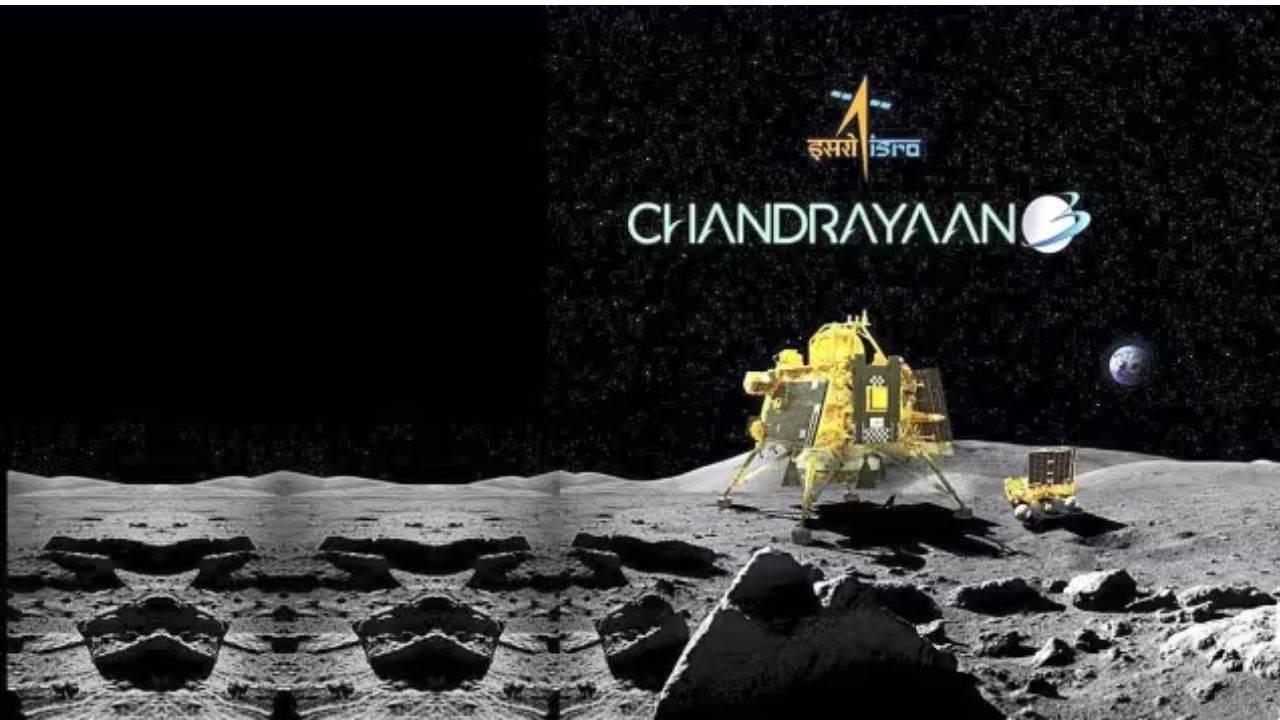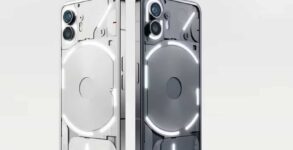Chandrayaan-3 Moon landing today: Chandrayaan-3 of the Indian Space Research Organisation (ISRO) is scheduled to make a soft descent on the Moon’s south pole on August 23 at 6:04 p.m.
The Indian Space Research Organisation (ISRO) has been providing updates on the Chandrayann-3 mission via a succession of tweets through X. If the landing is successful, India will become the first nation to perform a soft landing on the Moon’s south pole.
With Chandrayaan-3, the Indian space agency anticipates future interplanetary missions, and the deployment of the rover and in-situ scientific experiment will help lunar expeditions reach new heights.
Chandrayaan-3 Moon landing today: Role of lander, rover and propulsion module explained
The roles of the lander, rover, and propulsion module are as follows:
1) Lander and its function
With the lander, the space agency would be able to perform a gentle landing at a designated lunar location. CNBC-TV18 reported that the spacecraft will also deploy the rover, which will aid in conducting in-situ chemical analysis of the Moon’s surface during its mobility.
The lander carries three cargoes:
a) RAMBHA-LP (Langmuir Probe): This instrument will aid in determining the near-surface plasma (ions and electrons) density and its temporal variations.
b) ChaSTE (Chandra’s Surface Thermophysical Experiment): This would allow ISRO to measure the thermal properties of the lunar surface near the polar regions.
c) ILSA (Instrument for Lunar Seismic Activity): This instrument would aid in measuring seismic activity near the landing site and determining the structure of the lunar crust and mantle.
2) Rover’s function:
According to information provided by ISRO, the rover has two payloads.
a) APXS (Alpha Particle X-Ray Spectrometer): This instrument will aid in determining the chemical composition and inferring the mineralogical composition of the moon’s surface.
b) LIBS (Laser-Induced Breakdown Spectroscope): This payload would aid determine the elemental composition (Mg, Al, Si, K, Ca, Ti, and Fe) of the soil and rocks surrounding the landing site on the moon.
ISRO will initiate the automatic landing sequence for the Chandrayaan-3 moon touchdown. All there is to know
3) Module for propulsion:
The final component is the propulsion module, also known as the orbiter, which would orbit the moon. It would observe the light emanating from Earth and aid in determining the nature of planets orbiting stars other than the Sun.
SHAPE (Spectro-polarimetry of Habitable Planet Earth) is the only payload currently in propulsion that will aid in the study of the spectro-polarimetric signatures of the habitable planet Earth in the near-infrared (NIR) wavelength range (1-1.7 m).


















